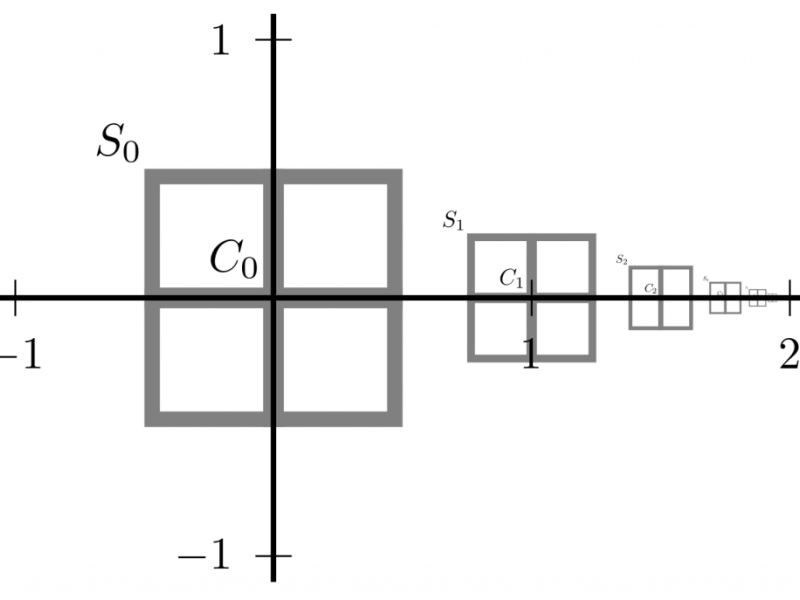This project addresses a mathematical problem of broad impact in inference problems that rely upon the accurate calculation of points of maximum probability, known as modes or maximum a posteriori estimators. These arise naturally in models of chemical reactions and in inverse problems of everyday far-reaching importance such as medical imaging, weather and climate prediction, and machine learning. The proposed research programme will provide the necessary mathematical analysis to underpin the rigorous treatment of these points in infinite-dimensional spaces, as demanded by modern applications.
The full solution to a reaction or inverse problem of this kind is a probability measure µ on a space U. However, because µ is in general a prohibitively complicated object to realise or present, it must often be summarised by a point estimate, thereby reducing the distribution µ over U to a single point of U. In addition to statistics such as means and covariances, a mode is a commonly-used summary of this type, being a “most likely” point under µ. However, in the modern case of infinite-dimensional U, it is not easy to rigorously define such modes. Moreover, there is currently a fundamental disconnect between the variational description of modes and the fully Bayesian viewpoint: while a mode is clearly a crude summary of a probability distribution, even the strongest currently-known notions of similarity between probability measures are not sufficient to ensure good approximation of these supposedly simple summaries.
This project aims to provide the missing analysis to bridge this gap by bringing recent advances in inverse problems theory together with tools from variational calculus in order to provide a solid mathematical basis for the solution and approximation of maximum a posteriori estimation problems. It will thereby offer robust discretisation-invariant solutions to inverse problems that both have statistically rigorous meaning and also usefully correspond to the needs of lay decision-makers.
